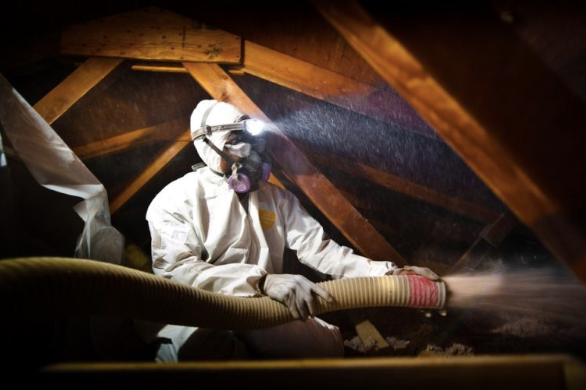
Weatherization Assistance Program that supports energy efficiency upgrades to low-income homes in Denver.
In an era of U.S. energy abundance, it is troubling that many low-income Americans are persistently paying high energy bills. Even after decades of weatherization improvements, which protect buildings from the elements to reduce energy costs, and bill payment programs to make energy bills more manageable, families with modest incomes still spend a higher percentage of their income on their energy bills than more advantaged income groups. Energy burdens (the ratio of energy bills to income) are especially high in the South, rural America, and minority communities. For instance, among the largest cities in the U.S., the three with the highest low-income energy burdens (Memphis, Birmingham, and Atlanta) are all southern cities. In these three cities, the “average” low-income household spends more than 10% of its income on electricity and natural gas bills (compared to 2-3% for the average household) – and often much more.
One of the reasons that these high energy burdens persist is that emergency bill payment assistance significantly dwarfs funding for home weatherization assistance. Yet the latter produces more energy-efficient homes and more durable solutions. Additionally, as I discussed at this year’s Energy and Society in Transition Conference, utility programs that promote energy efficiency are often inaccessible to low-income households who typically don’t have the necessary liquidity.
New types of utility programs can fix the problem of liquidity without raising rates or bills. For instance, utilities can help low-income households afford energy-saving retrofits by allowing them to pay the investment costs through the resulting savings using “on-bill” financing. After decades of experimentation with “pay as you save” approaches, pilot programs are finally occurring in the South—in South Carolina, Tennessee, and now Georgia— thanks to the Integrated Resource Plan for Georgia Power that was just approved by the state’s Public Service Commission. Still, progress has been slow and limited. With hotter summers on the rise, how can we help our most vulnerable populations survive the heat without breaking their wallets?
